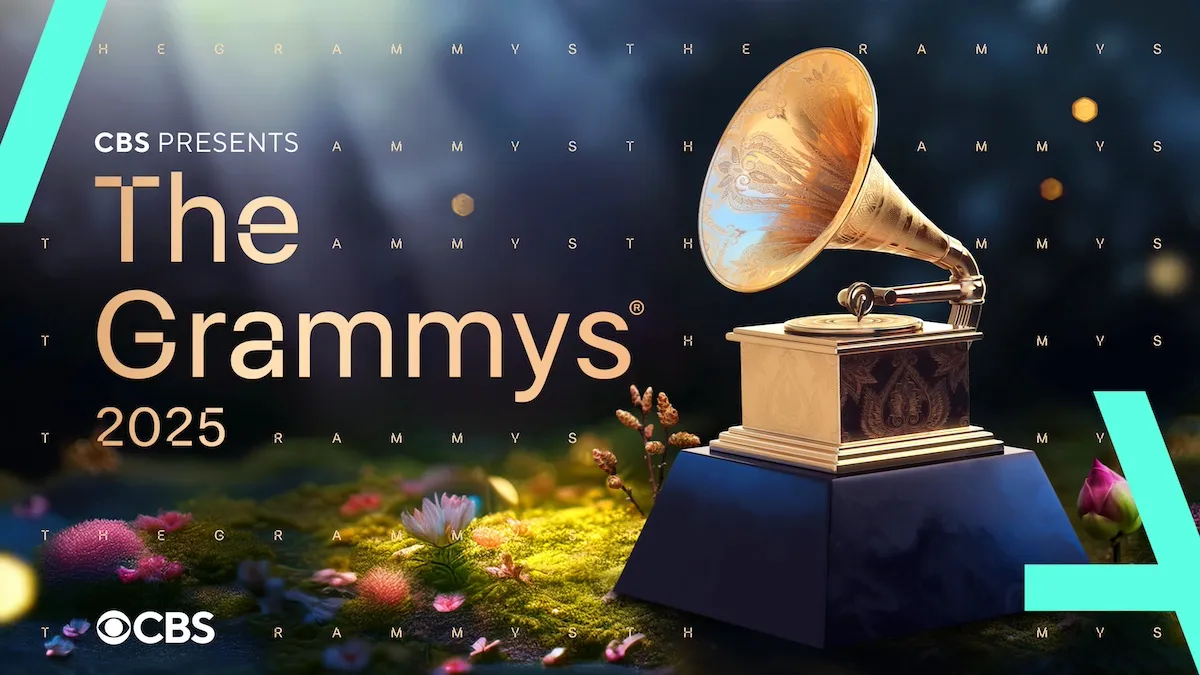‘Final Destination’: The Franchise That Wouldn’t Die Is 20 and It’s On Netflix
The Final Destination franchise turns 20 years old on the anniversary of the March 17, 2000 release of the first film. There have been four sequels and a sixth film is in the works. The first four are on Netflix but the original film provides an interesting look back at the creation of the franchise. Many of the seeds were there, but it’s quite a different film than the more elaborate sequels.
[This article contains spoilers for Final Destination and some of its sequels]
Netflix and chill with the first ‘Final Destination’
Alex (Devon Sawa) is flying to France with his high school French class when he has a vision of the airplane exploding. He wakes up and in his panic, gets ejected from the plane along with several of his classmates. The vision comes true and it would seem they escaped fate. Except death had a plan for them to die, so it still comes after them using other methods.
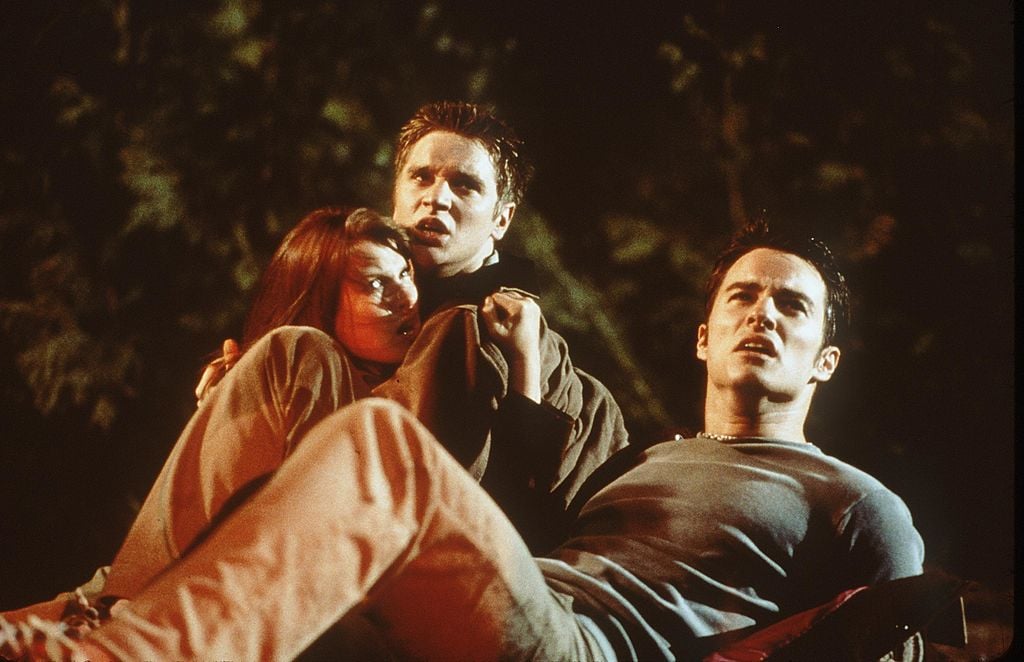
The accidents get so much more elaborate in the sequels they overshadow the original plane crash. A plane crash seems quaint compared to the freeway pileup in Final Destination 2, the roller coaster in 3, the race track in 4 and the bridge in 5. If only Netflix had a “jump to a catastrophe” feature. Some of the DVD releases do…
It wasn’t just a simple plane crash in the original Final Destination though. They showed a lot of individual deaths to establish the order in which the passengers would perish. That becomes important later. And this was pre 9/11. Airplanes became much sensitive a year and a half after Final Destination came out so the movie might not have even worked anymore.
‘Final Destination’ does something the sequels don’t
The biggest difference between Final Destination and its sequels is the main character. Alex is superstitious before it happens. In the sequels the vision of a catastrophe makes people believers. Alex was already a nervous flyer and his vision coming true, and subsequent deaths to boot, only exacerbate his worry.
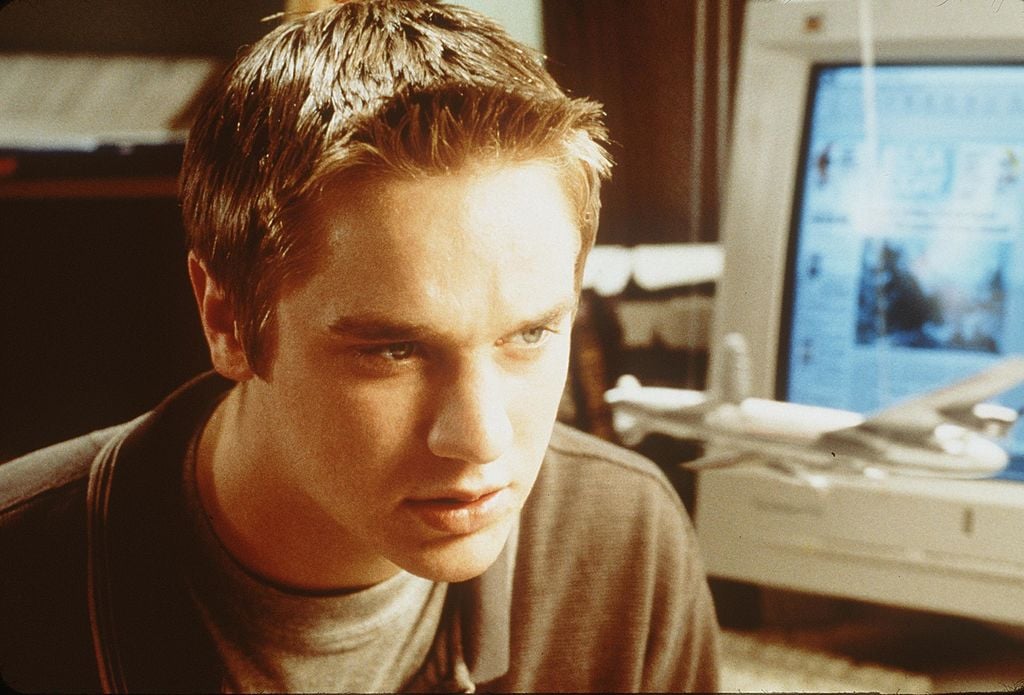
The first Final Destination deals with grief and mourning more than the sequels do. It makes sense for the first film to explore that drama because it is a class that all knew each other. Most of the sequels involve strangers brought together. The first film is also introducing the rules so it takes more time for the characters to discover death is pursuing them in the order they were supposed to die. The sequels get right to it.
Alex gets clues about who is going to die next, and how. Most of the sequels don’t really help their heroes out like that. Final Destination 3 would introduce the photo shadows but most of the sequel victims were on their own. John Denver’s “Rocky Mountain High” is more of a theme in the original, which makes sense because it revolves around a plane crash. Some of the sequels would still pay homage to the song.
The elaborate death scenes begin here
The Final Destination series became a showcase for the most elaborate death scenes filmmakers could imagine. Sequels would string together Rube Goldberg mousetraps of death like prosthetic limbs in an elevator, or use real world death traps like fast food lanes, laser eye surgery or weight rooms.
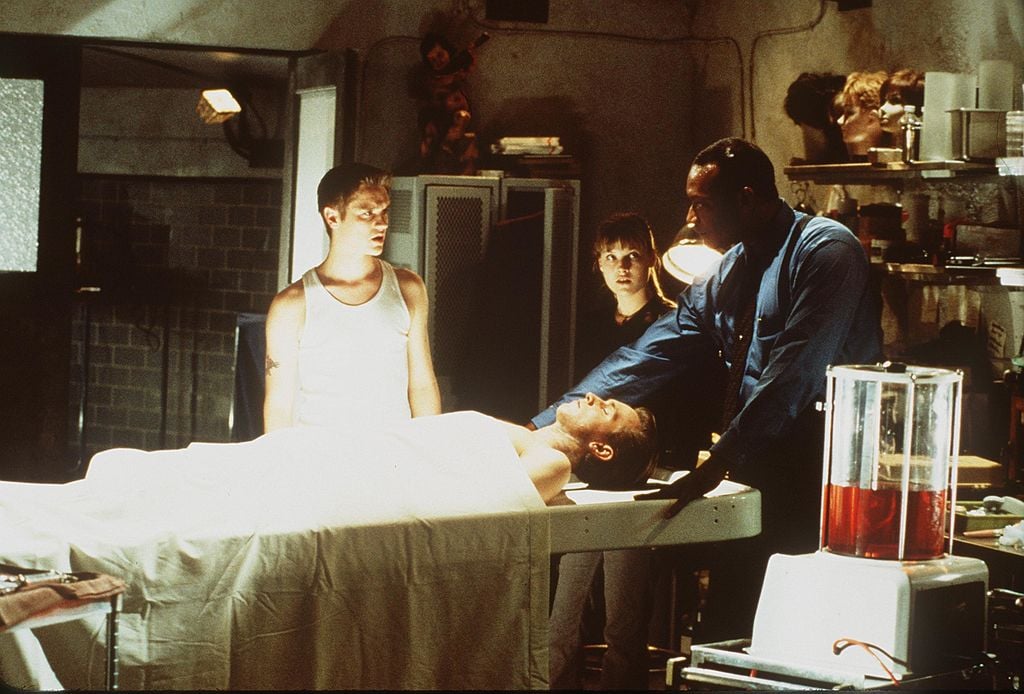
The original Final Destination is more about the surprise of death catching the viewer off guard, but it already has a few elaborate sequences. The deadly elements are clear right away. There’s a water leak, an electric chord, a character shaving, all things the viewer might suspect cause an accident. It’s all a misdirect though, as that particular character dies by strangulation.
Another set piece in the first film involves a lot of liquid spilling and dripping. That would become a theme in many of the sequels. The finale is a big wild electric cable/explosion sequence, and there’s even an epilogue with a chain reaction. Sequels would surely devote more budget to death set pieces, but Final Destination did a lot within their means.
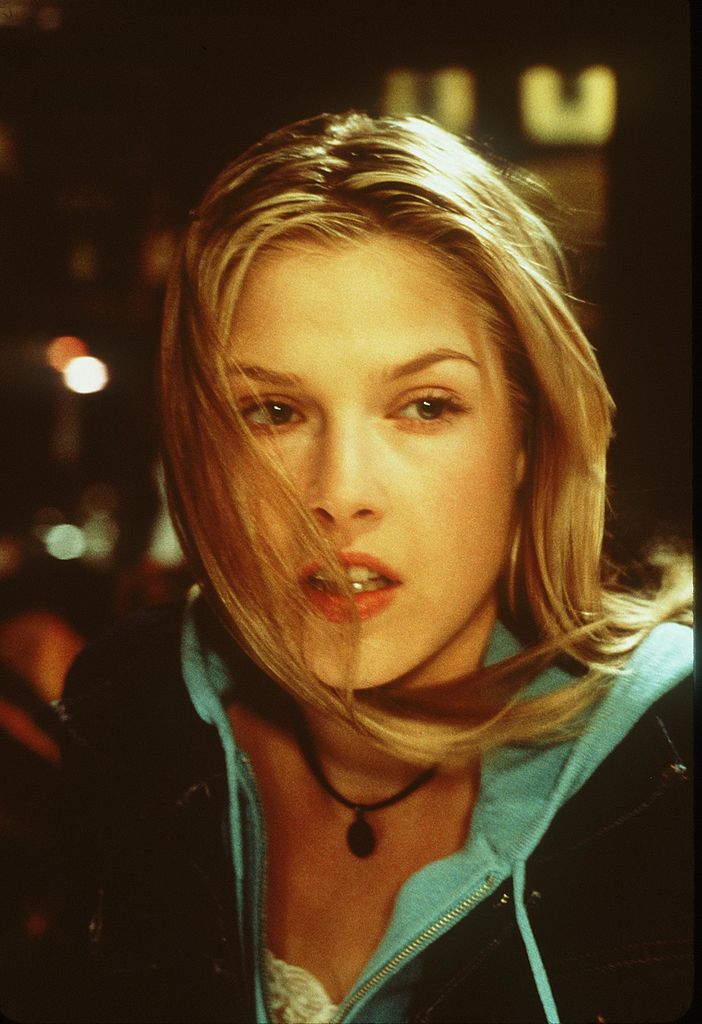
The sequels are all great too. This is one of the most inventive franchises that remains faithful to its concept but explores it in new ways each time out. Even the Nightmare on Elm Street franchises burnt out on nightmares in some of the sequels. So start your Final Destination journey on Netflix and if you like the ride, there’s more where that came from.


